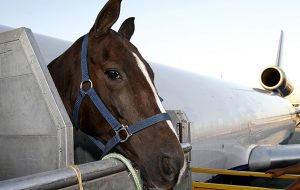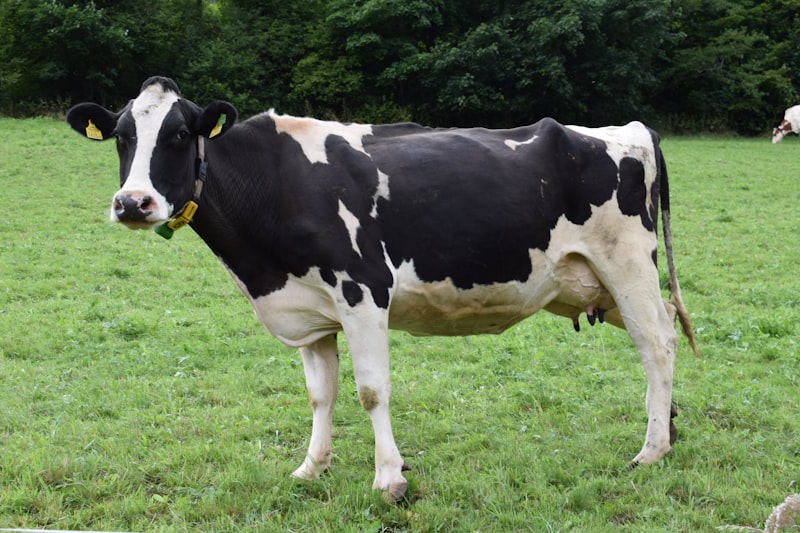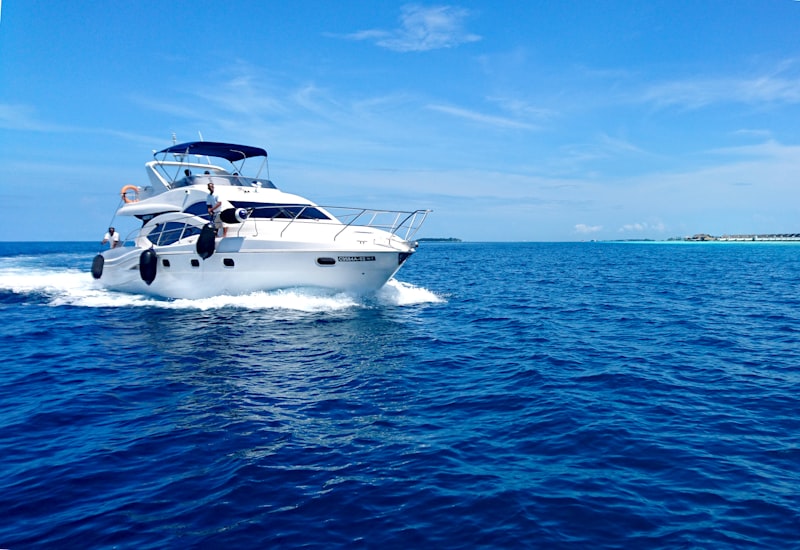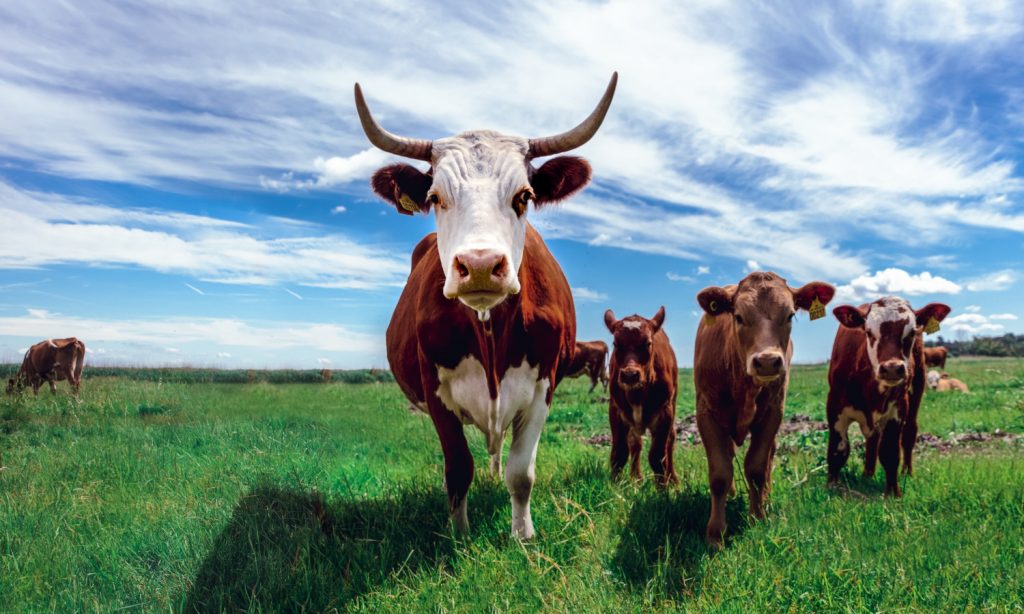Step-by-Step Guide to Horse Airplane Transportation

Preparation and Planning:
- Health Checks and Vaccinations:
A thorough veterinary check-up is essential. Ensure your horse is current on vaccinations required by the destination country. Common requirements include tests for Equine Infectious Anemia (EIA) and other diseases. Failure to comply with these requirements can result in delays or denial of entry. - Documentation and Permits:
Secure all necessary documentation well in advance. This includes health certificates, import permits, and proof of vaccinations. Start this process early, as some permits and certifications can take weeks or even months to obtain. It’s also wise to have copies of all documents in case of any unexpected checks.
Choosing the Right Air Transport Service:
Not all horse airplane transportation companies are created equal. Choose providers like Horseflight®, Apollo Equine, or EquiJet, which specialize in equine air transport and have positive reviews from other horse owners. Verify that the company has experience with your specific route and can handle all customs and quarantine procedures.
Ensure the aircraft used is equipped with stalls specifically designed for horse comfort, with features like shock absorption, ample space, and secure partitions. Check that the provider follows all IATA Live Animals Regulations, which are critical for safe transport.
Preparing the Horse for Flight:
- Acclimatization to Stalls:
It’s important to familiarize your horse with the travel stall before the flight. Place the horse in a similar stall for short periods in the weeks leading up to the flight to reduce anxiety. Use positive reinforcement to help them associate the stall with safety and comfort. - Feeding and Hydration:
Plan your horse’s feeding schedule to prevent travel sickness. Horses should be fed at least 4-6 hours before the flight to reduce the risk of colic or other digestive issues. Ensure they are well-hydrated, and consider using electrolytes to maintain fluid balance during the flight.
During the Flight:
- Animal Monitoring:
In horse airplane transportation advanced monitoring systems are often unavailable on flights, which allow for real-time tracking of your horse’s vital signs. This can help detect early signs of distress, dehydration, or illness. Some transport companies provide apps or online portals where you can monitor this data. - Onboard Care:
For long flights, having a veterinarian or a trained caretaker onboard is essential. They can administer care if needed, provide regular checks, and address any issues that may arise, such as changes in temperature or behavior.
Arrival and Post-Flight Care:
- Quarantine Requirements:
Upon arrival, some countries require horses to go through a quarantine period to prevent the spread of diseases. Understand the duration and conditions of the quarantine in advance, and prepare to provide care during this time. - Reacclimatization:
After the flight, give your horse time to adjust to its new environment. Monitor their behavior closely for signs of stress or illness and provide a quiet, comfortable space to recover.
Challenges in Transporting Horses on Airplanes
Health and Safety Concerns:
- Stress and Fatigue:
Horses are sensitive animals and can easily become stressed during flights due to noise, vibration, and confined spaces. To mitigate these risks: - Animal Monitoring Systems:
Use advanced monitoring equipment to track vital signs, ensuring immediate action if the horse shows signs of stress or discomfort. - Veterinary Support:
Arrange for veterinary support during transport. Some companies provide in-flight veterinary services or have veterinarians on standby at major hubs, ensuring quick response if needed.
Logistical Challenges:
- Coordination and Timing:
Managing multiple horses or coordinating flights with tight schedules can be difficult. To streamline this process: - Fleet Management Systems:
Use sophisticated software that assists in planning routes, tracking flights, and managing schedules. These tools help avoid delays and ensure that horses arrive on time and in good condition. - Livestock Load Boards & Community Support:
Participate in communities and platforms dedicated to livestock transport. These resources help in finding last-minute transport options and allow for shared experiences and best practices among professionals.
Legal and Regulatory Barriers:
- Compliance with International Regulations:
Different countries have strict regulations on animal transport to prevent the spread of diseases. To navigate these effectively: - Stay Updated on Regulations:
Regularly review updates from international transport bodies and equestrian associations to stay informed about any changes in laws or requirements. - Consult with Specialists:
Engage consultants who specialize in international equine transport to handle complex paperwork and ensure compliance with all regulations.
Cost Considerations for Horse Airplane Transport
The cost of transporting horses by air can vary significantly based on distance, airline, and additional services required. Key expenses include:
- Transport Fees:
Base fees for using air transport services, which can range widely depending on the route and carrier. - Additional Costs:
Costs for veterinary checks, in-flight care, insurance, and quarantine can add up. Plan your budget accordingly, considering all possible expenses. - Cost-Saving Strategies:
To minimize expenses, consider options such as shared flights with other horse owners, which can reduce costs per horse. Also, explore group bookings or off-peak travel times for potential savings.
Innovations in Equine Air Transport
Technological advancements have made horse air transport safer and more comfortable:
- Climate-Controlled Stalls:
Modern aircraft used for horse transport are equipped with climate control systems to maintain stable temperatures, regardless of external weather conditions. This reduces stress and ensures horses remain comfortable. - Advanced Monitoring Equipment:
New technologies include sensors and cameras that provide continuous monitoring of the horses during flights, allowing for immediate response if any issues arise.
Conclusion
Horse airplane transportation is a complex but manageable process with the right preparation and planning. By understanding the logistics, preparing adequately, and using professional services, you can ensure a safe and comfortable journey for your horse. Staying informed about regulations and utilizing modern tools can further enhance the experience, making international transport smooth and efficient for all involved.





